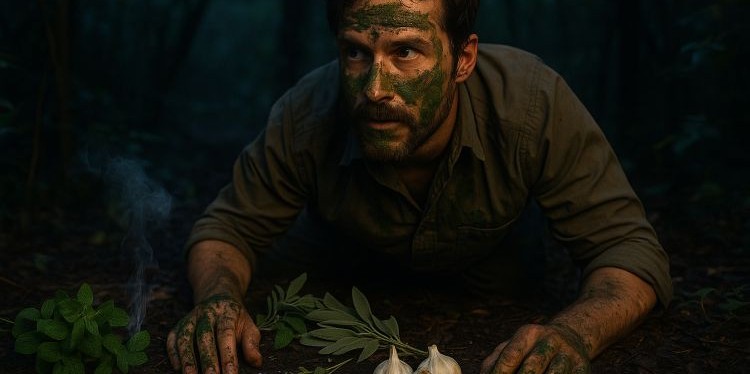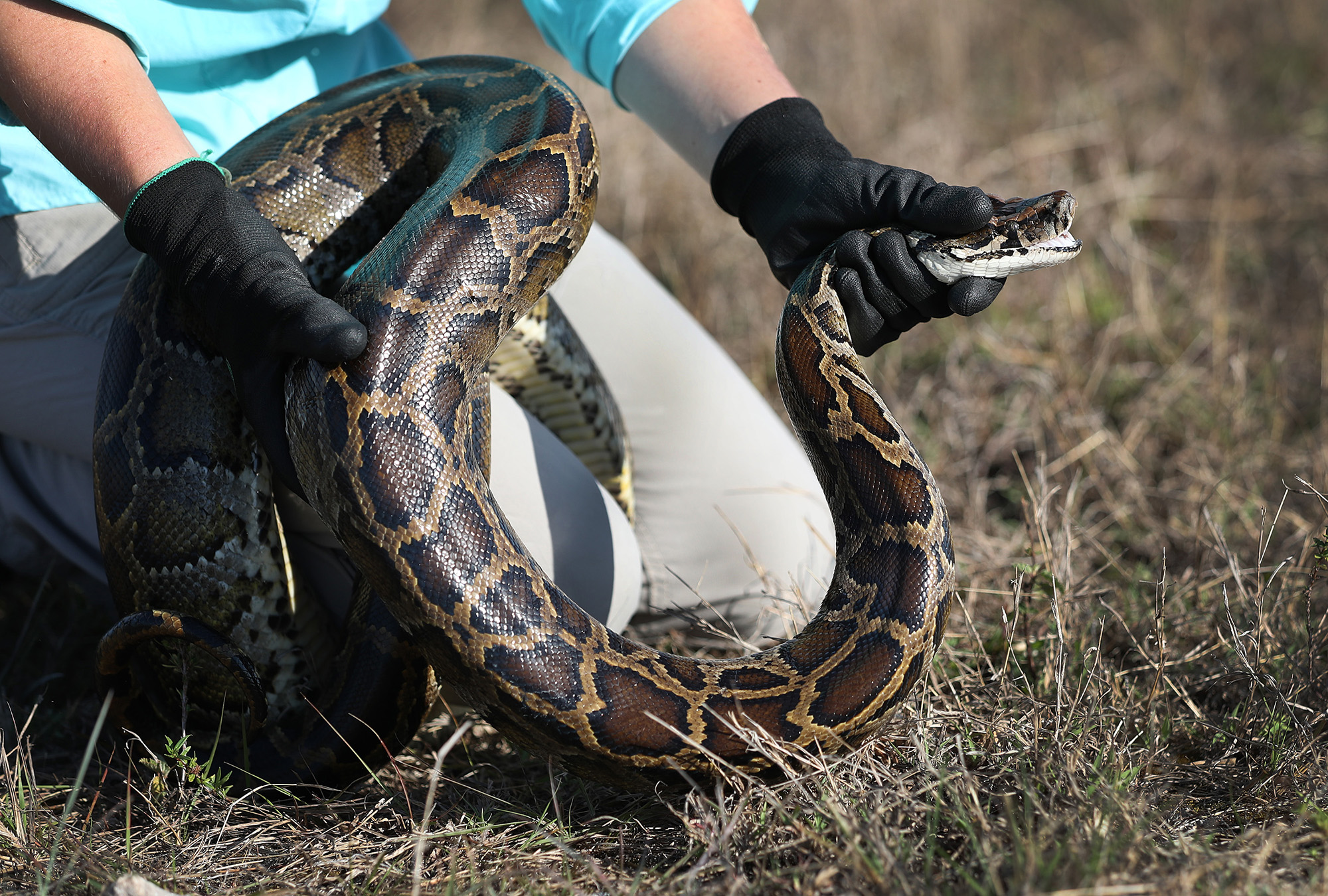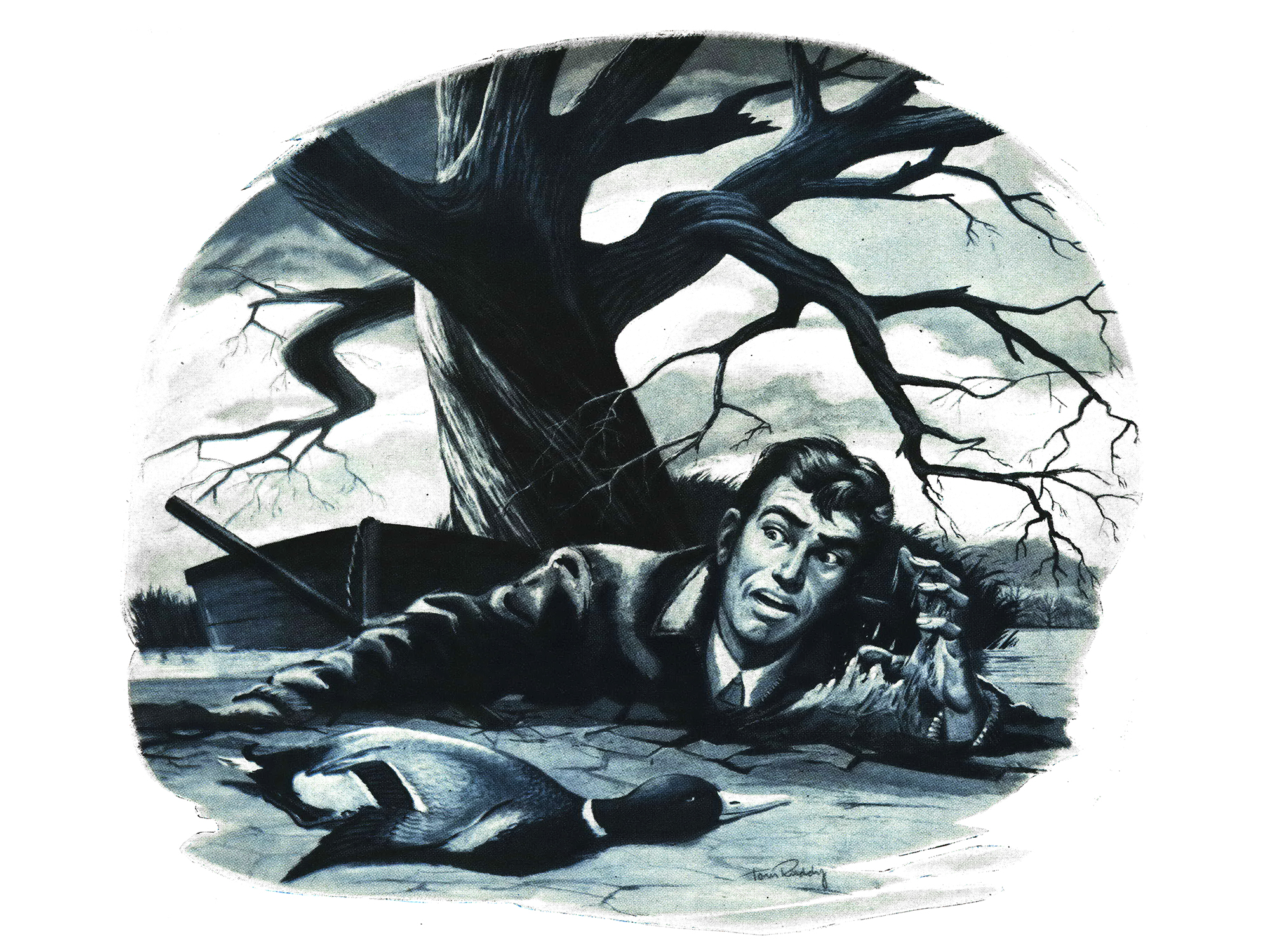DIY Herbal Spy Kits: Plants That Could Mask Your Scent or Help You Blend In

You’ve heard of smoke bombs, night vision, and camo gear—but what about the spy kit nature designed long before any military surplus catalog existed? Long before satellites tracked every move and drones buzzed overhead, spies, hunters, and even rebels relied on plants not just for food or medicine—but for stealth.
It sounds wild, but history has always had its share of shadows. From medieval assassins masking their scent with pungent herbs, to hunters using crushed leaves to confuse the noses of dogs, plants were an unsung tool in the cloak-and-dagger playbook. Call it the original “herbal espionage.”
Let’s take a playful look at some herbs that could’ve been tucked away in the pockets of scouts, spies, or anyone trying to vanish into the wild.
Mint: The Nose Confuser
Dogs can smell a steak from a mile away, but overload their senses with crushed mint and suddenly the trail gets fuzzy. Hunters and trackers once rubbed mint on their boots or clothes to mask human scent. Imagine slipping past a guard dog, armed not with high-tech gadgets but a handful of leaves. That’s the kind of low-budget spy work Hollywood never shows.
The trick worked because mint is a sensory overloader. Think of how chewing gum can burn your nose if you sniff too hard—it’s that same principle but weaponized. Some old hunting guides even suggested planting mint along trap lines, knowing that animals and dogs would circle in confusion rather than find the real trail.
And mint had the bonus of convenience. It grew everywhere, was easy to crush, and unlike some other stealth herbs, didn’t smell suspicious. If someone caught a whiff, you could shrug and say you just brushed past a patch. It’s the perfect plausible deniability plant: “No, officer, I wasn’t sneaking past the camp—I just smell fresh.”
Sage: The Smoke Screen of the Ancients
Sage wasn’t just for cleansing bad energy. Burned in small bundles, its thick, earthy smoke was used to conceal movements or cloak the scent of a campfire. Native groups used sage smudge as both ritual and camouflage—because nothing draws attention like the smell of roasting meat in the dark. Sage smoke kept predators and patrols alike guessing.
But sage wasn’t just about cover—it doubled as a psychological tool. A camp filled with sage smoke didn’t smell like cooking meat or burning wood, it smelled like something “other.” To a searching dog or scout, that unfamiliar odor could mean false leads or wasted time. To human pursuers, it felt like wandering into a strange, holy place where you weren’t welcome.
The best part? Sage grows in dry, open terrain where carrying wood smoke would’ve been a dead giveaway. Bundled tightly, it produced more smoke than flame, giving off just enough of a cloud to obscure sightlines. It was the prehistoric version of a smoke grenade—minus the pin to pull.
Wild Garlic & Onion: The Pungent Cloak
Nobody’s sneaking into a royal banquet reeking of garlic breath—but out in the woods? Crushed bulbs of wild garlic or onion released odors so strong they could overpower the smell of sweat and skin. Some guerrilla fighters even smeared it on their clothing, daring anyone (human or canine) to track them. It’s less James Bond, more “don’t stand too close.”
Garlic’s strong aroma didn’t just mask scent—it actually clung to the air like a cloud. Hunters learned that if they carried a pouch of crushed bulbs, the lingering smell would trail behind them, confusing dogs into following the wrong path. Think of it like scent-chaff, breaking up your signature in the air.
And here’s the overlooked bonus: garlic and onion were also medicinal. If you were injured or worn down, chewing raw cloves gave a burst of energy and even fought infection. So not only were you cloaked in a stinking bubble of stealth, you were also a little tougher to kill. Functional and tactical—though you probably had zero friends afterward.
Mud + Nettles: Nature’s Camouflage Paint
Forget camo paint from a store. Ancient scouts mixed mud with crushed nettle or other green plants to smear over their skin, blending seamlessly into forests or riverbanks. Nettle added a green tint, plus a bit of sting—call it the “pain tax” for going undercover. Effective? Absolutely. Comfortable? Not a chance.
Nettle’s advantage was staying power. When crushed, its sap gave mud a clingy texture, making it less likely to flake off. A warrior could crawl through reeds or a swamp and still stay covered in a dull green-brown sheen. It was sticky misery, but in the eyes of your enemy, you were just another part of the swamp.
And nettles weren’t useless after the sting wore off. Those same fibers could be twisted into cords or used for makeshift stitching. A scout might smear nettle mud on his face, then strip fibers from the stalk to tie gear together. Nature’s camouflage wasn’t just disguise—it was a multi-tool kit in the weeds.
Lavender: The Unexpected Trickster
Lavender’s sweet scent might seem too delicate for spy work, but European folklore says travelers rubbed it on themselves to avoid detection by wolves. A calming agent for the nerves and a perfume to mask the sweat of fear—lavender was both disguise and psychological support for anyone sneaking through the night.
Lavender wasn’t just about confusing animals—it also threw off people. In an era when body odor was the norm, smelling faintly of flowers made you harder to pin down. Did you just come from a garden? A bathhouse? A noble’s courtyard? The scent alone could make your cover story more believable.
And don’t overlook the nerves factor. Any scout or spy will tell you: adrenaline is the real enemy. Lavender was a portable chill pill before pharmaceuticals existed. One whiff could lower a racing heart, making the difference between slipping past a guard silently or tripping over your own boots.
The Takeaway
Sure, modern espionage is about satellites, encrypted comms, and covert drones—but let’s not forget the original spy kit came from the soil. Herbs that masked scent, smoke that blurred vision, mud that doubled as camouflage paint—nature always had a plan for those bold enough to use it.
These weren’t just survival hacks. They were confidence tricks, psychological shields, and living proof that stealth isn’t about gadgets—it’s about creativity. Whether it was garlic stink bombs or mint-scented false trails, our ancestors built spy craft from weeds, roots, and smoke.
So the next time you crush a mint leaf in your hand, remember—it’s not just for mojitos. It’s spy gear, courtesy of Mother Earth.
You may also like:

How Did People Survive the Wilderness Road?
The “Doomsday Ration” That Can Keep an Adult Well Fed For Just $0.37/day (Video)
The Knife In Rambo – Good For Survival Or Not?
Are RIP Rounds Legal?
SHTF First Aid Kit
Read the full article here









